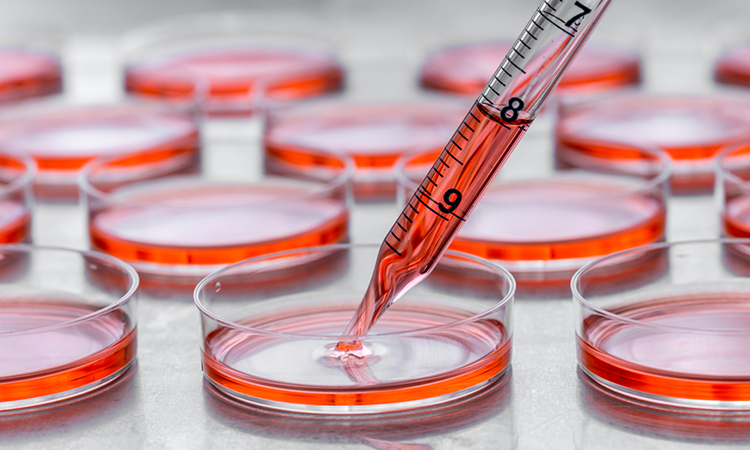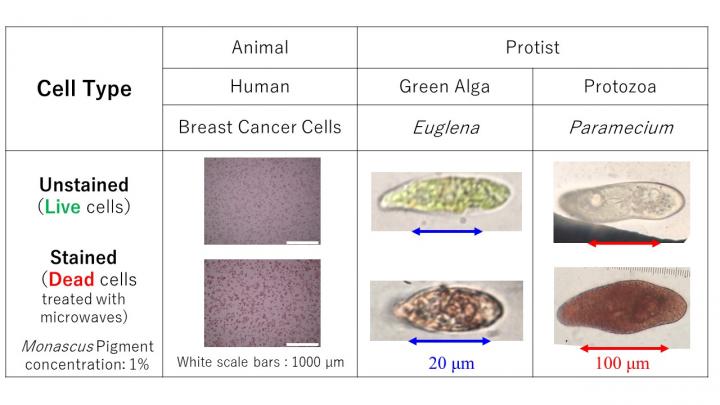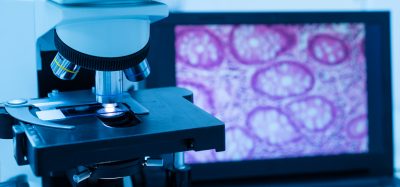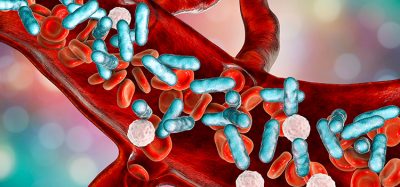Natural pigment could transform long-term toxicology studies
Posted: 25 September 2020 | Victoria Rees (Drug Target Review) | No comments yet
A natural pigment from Monascus purpureus can be used to stain cells and distinguish between live and dead ones in toxicology studies.


Researchers have developed a new dye that can be used on cells in toxicology tests when examining novel drugs. The study was conducted at the Tokyo University of Science, Japan.
Scientists have elucidated several methods to tell live and dead cells apart in toxicology studies and one popular approach is the “dye exclusion test (DET)” using synthetic dyes. In conventional DET, a dye such as trypan blue or methylene blue selectively permeates and stains dead cells, distinguishing them from live cells. However, these synthetic dyes have been known to damage living cells in the culture as well. This renders them unusable for long-term studies with a single culture.
The researchers have now discovered an alternative to DET with synthetic dyes: DET using a natural pigment made from Monascus purpureus (MP), a mould species traditionally used in Asia for the production of fermented foods.
The researchers were working to find effective ways of culturing Euglena gracilis, a type of single-cell algae, in foods when they discovered the usefulness of MP and another natural dye called anthocyanin pigment for studying cell health over time. They also demonstrated the applicability of MP in DET for another single-cell organism species with a vastly different structure, Paramecium.
In their recent study, the team proved that MP can be used to ascertain the viability of breast cancer cells. They found that, unlike trypan blue, MP does not damage living cells and is robust against a typical chemotherapy drug cisplatin. Moreover, MP took only ten minutes to stain dead cells and costs a tenth of what trypan blue does.


Staining live and dead cells using Monascus pigment solution. Live cells are not stained, but dead cells are stained [credit: Tokyo University of Science].
“The proposed natural pigment enables the long-term monitoring of the life and death of cells, which may bring about improvements in the efficiency of biomass production, basic research on metabolic mechanisms and applied research in fields such as breeding,” said Assistant Professor Kyohei Yamashita, one of the authors of the study.
In addition to its use as a reagent to monitor the life and death of cells, Yamashita noted that the pigment is also nutritious to living cells and has antioxidative characteristics, which is useful for boosting culture efficiency. It is also safe to humans and the environment.
“Our natural pigment could be the tool that opens up new research fields involving the determination of the causes behind the death of cells. Moreover, natural pigments are highly likely to have useful properties that have not yet been found and there is much room for exploration,” Yamashita said.
The study was published in MDPI Biology.
Related topics
Assays, Cell Cultures, Cell-based assays, Drug Development, Drug Leads, Screening, Toxicology
Related organisations
Tokyo University of Science
Related people
Assistant Professor Kyohei Yamashita








